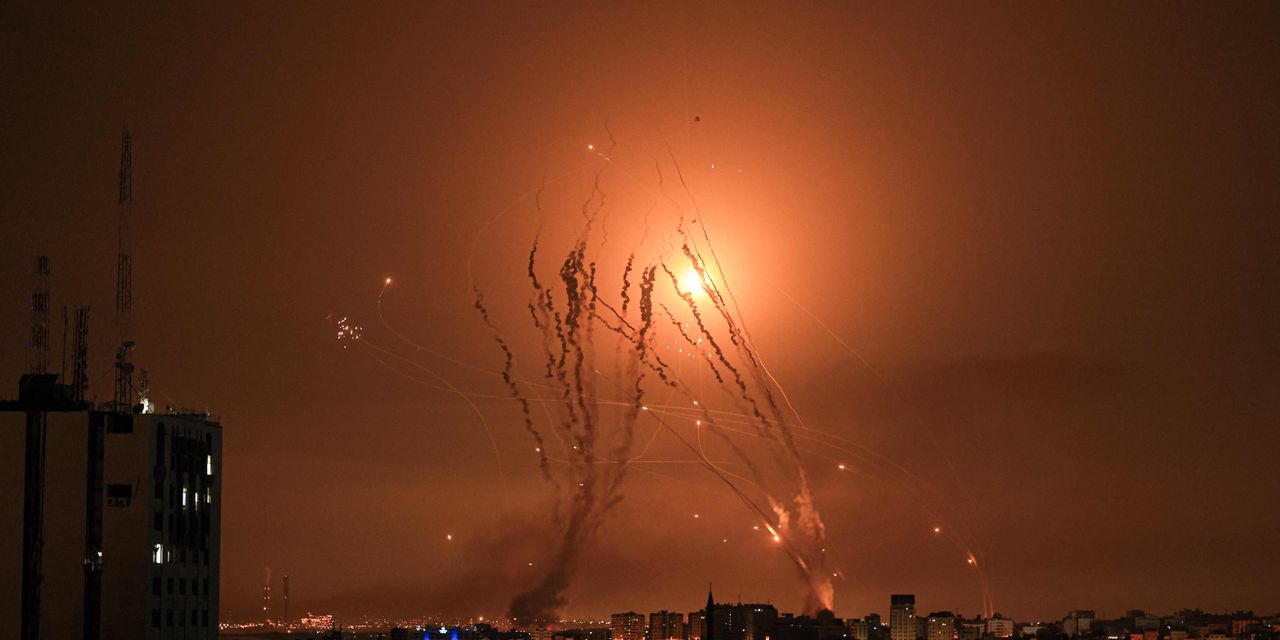Oil futures opened with strong gains late Sunday as traders reacted to an attack by Hamas on Israel, raising Middle East tensions and stoking worries about the outlook for crude supply.
Price action
-
West Texas Intermediate crude for November delivery
CL00,
+3.95% CL.1,
+3.95% CLX23,
+3.95%
rose $3.60, or 4.4%, to $86.39 on the New York Mercantile Exchange. -
December Brent crude
BRN00,
+3.69% BRNZ23,
+3.69% ,
the global benchmark, was up $3.54, or 3.2%, at $88.11 a barrel on ICE Futures Europe.
Market drivers
Oil traders were focused on Iran after a weekend attack on multiple fronts by Hamas militants, who are backed by Tehran. The Wall Street Journal reported that Iranian security officials helped Hamas plan the attack, which has left more than 700 Israelis dead and saw dozens of Israeli citizens and soldiers abducted. Israel pounded Gaza in retaliation, where the death toll was also reported in the hundreds.
Analysts said that if Iranian involvement is affirmed, it could lead the U.S. to increase enforcement of sanctions on the country’s crude exports, which have moved back toward pre-2018 levels in recent months.
“Historical analysis suggests that oil prices tend to experience sustained gains after the Middle East crises,” said Stephen Innes, managing director at SPI Asset Management, in a note.
Oil fell last week, retreating after Brent moved within a few dollars of the $100-a-barrel threshold last month and WTI briefly topped $95 a barrel for the first time in more than a year.
Some analysts have put Iranian crude production at more than 3 million barrels a day and exports above 2 million barrels a day — the highest levels since the Trump administration pulled the U.S. out of the Iranian nuclear accord in 2018, according to the Wall Street Journal. Sales fell to around 400,000 barrels a day in 2020 as the U.S. reimposed sanctions.
See: U.S. stock futures tumble after Hamas attack on Israel
Read the full article here










